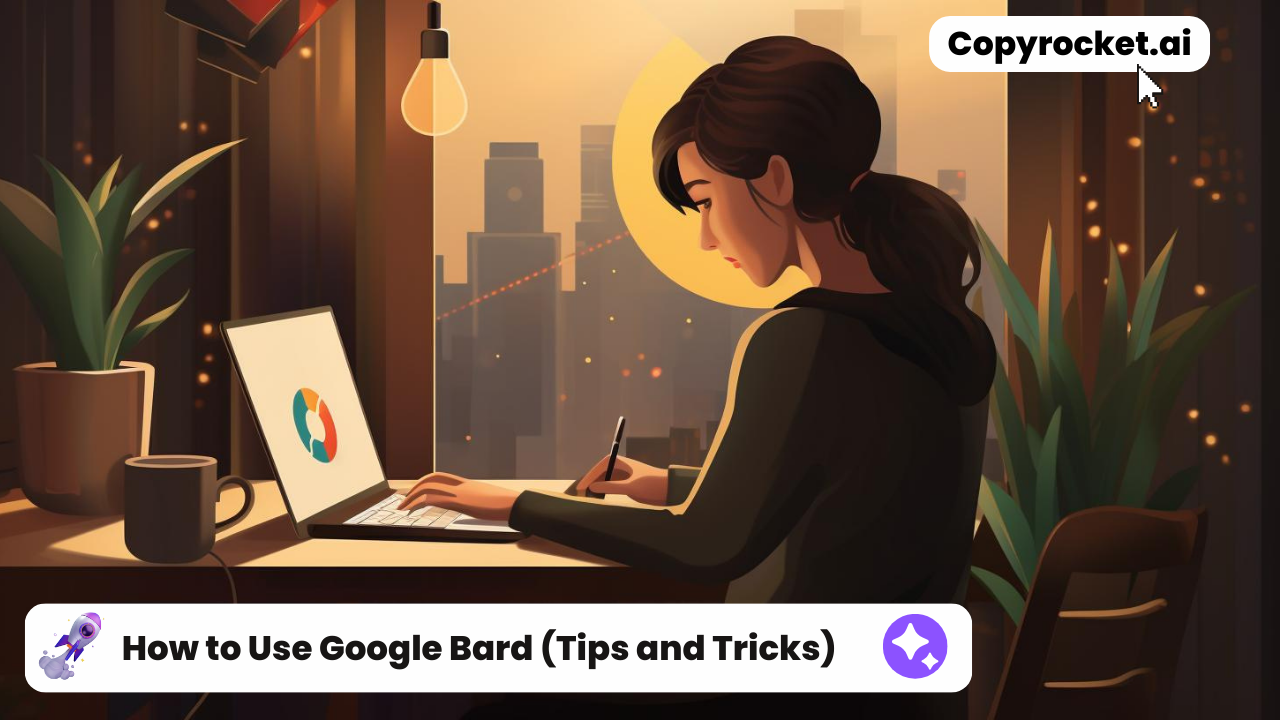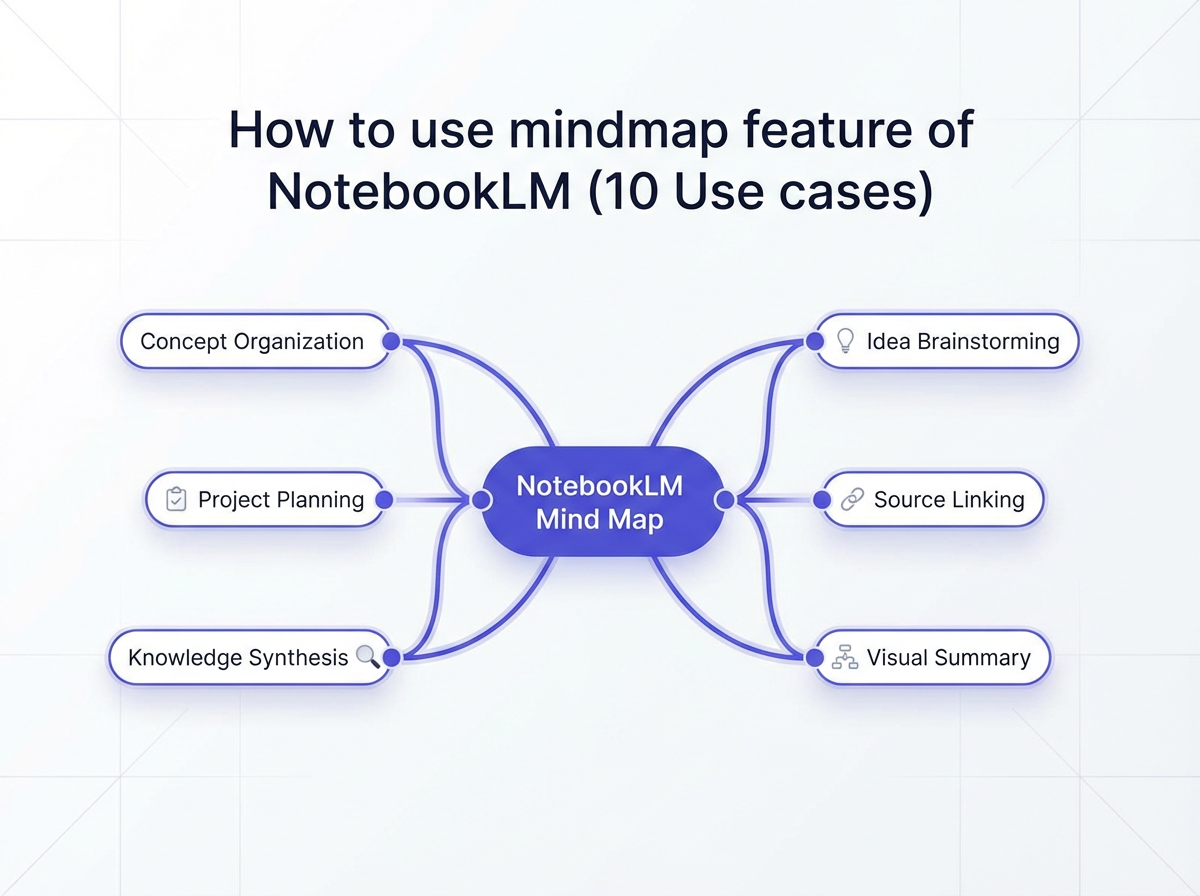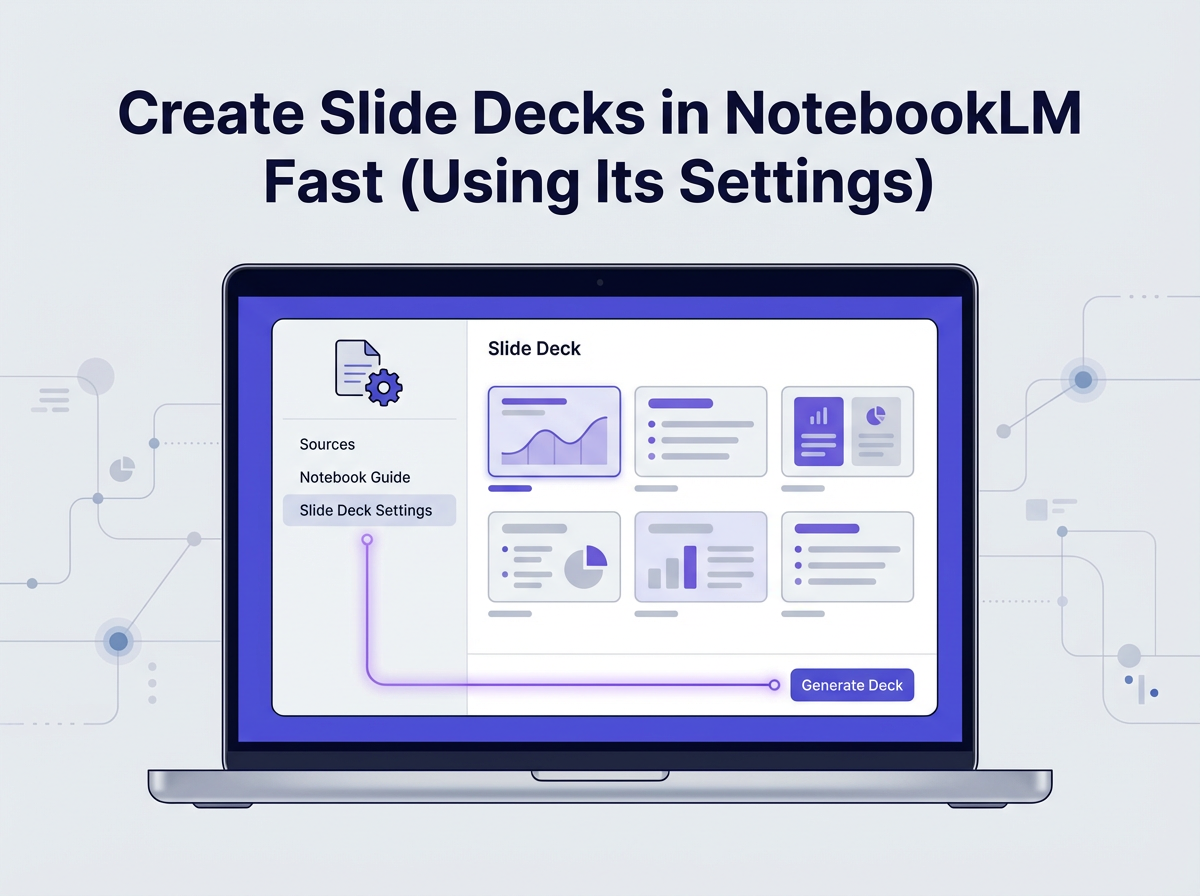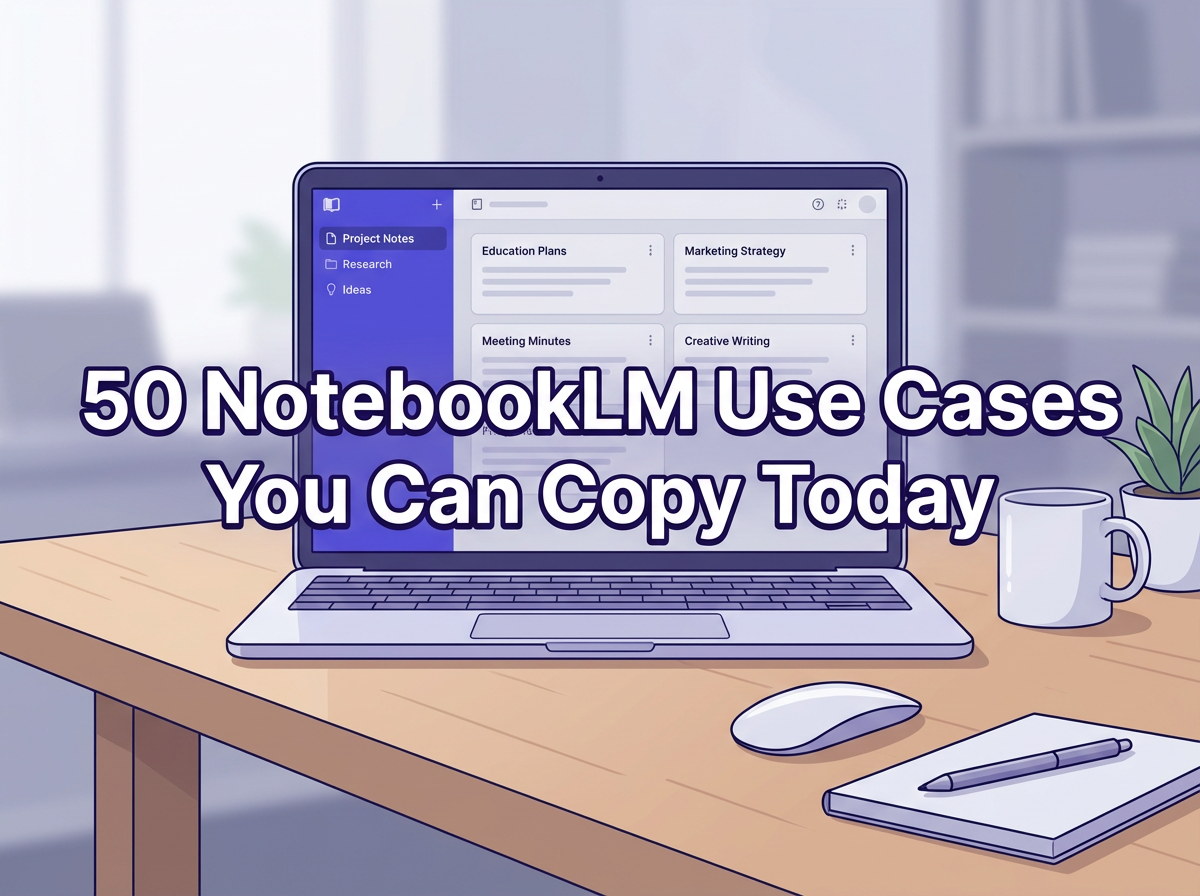Google Bard, a transformative tool for writers and content creators, paves the way for a seamless writing experience. This innovative platform, powered by Google’s advanced technology, can assist in creating high-quality content that engages readers and enhances your writing skills.
The following tutorial provides a comprehensive guide on how to use Google Bard effectively, unlocking its unique features to boost your writing productivity and efficiency.
Whether you are a novice writer or an experienced author, Google Bard offers an array of benefits tailored to meet your specific needs.
What is Google Bard?
Google Bard is a state-of-the-art tool that blends AI chatbots and large language model (LLM) technology to streamline the writing process.
An extension of Google’s suite of apps, Bard relies on advanced machine learning algorithms to understand and respond to natural language queries, similar to how search engines like Google Search work.
Unlike other AI tools, Bard’s responses are generated from scratch, rather than being pulled from existing content on the internet.
Also learn, How to Use Bard in Google Docs (2 Methods)
When was Google Bard released?
Google Bard was officially unveiled to the public on February 3, 2023. This AI chatbot tool was added to Google’s suite of apps, expanding the capabilities of Google Docs and other Google apps.
Google initiated access to Bard on March 21, 2023, extending invitations to users to join the waitlist. However, on May 10, 2023, Google eliminated the waitlist and launched Bard in more than 230 countries and over 40 languages.

Google Bard’s release was a significant event for Google, as it enriched the user experience for personal Google accounts by integrating AI chatbot technology.
Also learn, How to Use Bard in Google Sheets (2 Methods)
What can Google Bard do?
Google Bard, as a powerful generative AI tool, offers a plethora of functionalities to aid both casual and professional writers. Its capability to understand and respond accurately to natural language inputs is one of its key strengths.
For instance, if you are drafting a blog post or an email in Gmail, you can ask Bard for suggestions on how to improve your writing or generate ideas, and Bard’s response would be an invaluable resource.
The implementation of large language model technology ensures that Bard’s responses are coherent, contextually relevant, and informative. This makes Bard particularly handy for generating text, summarizing text, and even regenerating drafts to improve their readability and engagement.
Moreover, Bard also allows the user to ask follow-up questions, making it feel like a real conversation.
Additionally, Bard can answer questions on a wide range of topics. Whether you need information about the solar system, whale watching, or even related searches about flights on Google Flights, Bard’s answer can be a helpful guide.
Furthermore, Google takes user privacy very seriously, meaning Bard doesn’t use personal content in the generation of its responses.
How to use Google Bard?
Using Google Bard is a straightforward process that can greatly boost your writing productivity.
Here are the steps on how to use Google Bard:
Log in to Google Bard
Accessing Google Bard is a breeze. Simply visit bard.google.com, hit the “Sign in” button, and log in using your personal Google account. Afterward, you’ll be redirected to the Bard home page. Click “Try Bard” to dive in.
Ask Bard a Question
To engage Bard in a conversation, type your query in the text box and hit “Enter” (or click the send icon resembling a paper plane).

For example, if you’re drafting an email in Gmail, you can ask Bard, “How can I make this email more persuasive?” or “Generate an idea for a blog post about renewable energy.”
Bard’s Response
Bard will analyze your query using its advanced natural language models and AI chatbots. It then generates a response from scratch that is relevant to your query.

The response might be a rewritten version of your draft, a summary of a text, or a newly generated text.
Use Bard’s Suggestions
You can then incorporate Bard’s suggestions into your document as desired. If you’re not satisfied with Bard’s response, you can ask Bard to regenerate the draft until you’re happy with the result.

View Multiple Drafts or Response
You can also review multiple drafts by Bard AI, in case your you dont liked the output of same topic you have chose, click on “View other drafts” to check other responses of same topic;

Regenerate drafts
If you didn’t like the output of current drafts then you can always regenerate drafts by clicking on reload icon in view other drafts section as below;

Review and Save
After integrating Bard’s suggestions, review your document for coherence and completeness. Once you’re satisfied, save your document. You can also save or export the output to Google doc using export to docs button;

Bard will start creating documents and you will be open your Google doc using below links;

Use Bard Extensions
Bard extensions was launched in September 2023, In which you can use and enable these extensions to elevate your Bard experience Google drive, Youtube, Google Maps, Google Flights and Google hotels;

You can access this feature by going to extension icon on the top right bar;

Toggle whichever extension you want and there are “@” handles available to call out in the chat.
For example, we will ask Bard to check cheapest flights from toronto to New york, to do this, you have enable Google Flights extension first, just type @flights and select “Google flights” from the popup as below;

Now we will ask check cheapest flights from toronto to new york on 14th februaru 2024 and heres the response;

You can easily click any of the suggested flights and book straight from your Bard as below;

Upcoming: Google Bard text-to-image creation
Google recently announced its upcoming integration of text-to-image creation within Bard, similar to Bing Chat. Microsoft’s Bing Image Creator relies on Dall-E, whereas Bard’s text-to-image generation will be powered by a partnership with Adobe.
While text-to-image generation was announced at Google I/O 2023 and is expected to be available in the following weeks, it appears to be currently unavailable. When prompted to “create an image of a bird in a forest,” Bard responds, “That’s not something I’m able to do yet.”
Alternatively, you can use our free AI Image generator which generates AI images for free and includes 100+ AI Models.
In addition to generating new images, Bard currently supports the inclusion of images in responses, including photos from Google Search and the Knowledge Graph.
What are some of Google Bard’s Limitations?
Despite being a potent generative AI tool, Google Bard is not without its limitations. At present, Bard is incapable of analyzing images or creating new ones based on prompts, a feature announced but yet to be implemented.
Google Bard primarily uses language models to generate responses, but it fails to understand the nuances of certain requests, especially those that require contextual or cultural knowledge. This can lead to misunderstandings or incorrect information in Bard’s responses.
While Bard excels in natural language comprehension, he sometimes struggles with complex or ambiguous prompts. The quality of Bard’s responses heavily depends on the clarity and specificity of the user’s query.
Despite being an extension of Google’s suite of apps, including Google Docs and Google Drive, Bard is currently unable to access or interact with other drafts or files within these apps, limiting its functionality.
Bard’s ability to provide feedback or allow users to modify the AI’s behavior is currently limited. Users have no way to train Bard to better understand their specific writing style or preferences.
While Google takes user privacy seriously, some users may have concerns about having all their chats and prompts processed by an AI, even though the company assures that the data is not used to personalize responses.
Finally, Bard’s integration with other Google services, like Gmail or Google Search, is still in its nascent stage and has room for improvement. For instance, Bard cannot yet draft emails or perform specific search queries on behalf of the user.
As per the expectation, Google Bard, as part of Google’s suite of apps, should ideally work seamlessly with a personal Google account. However, there are instances where users might experience synchronization issues between Bard and their Google account.
Is Google Bard superior to ChatGPT?
Google Bard exhibits a superior understanding of natural language, providing contextually relevant and informative responses, a trait that outpaces ChatGPT in terms of user experience.
Bard’s integration with Google’s suite of apps, including Google Docs, provides a more cohesive and connected user experience compared to ChatGPT.
Google Bard leverages advanced machine learning algorithms, enabling it to generate responses from scratch, unlike ChatGPT, which pulls from existing content.
Google Bard’s forthcoming text-to-image functionality, in collaboration with Adobe, promises a unique feature not currently offered by ChatGPT.
The generative AI tool of Google Bard stands out for its conversation-like interaction, offering users the opportunity to ask follow-up questions, making for a more interactive and engaging experience.
Bard’s integration with other Google services like Gmail or Google Search is still in the early stages and has room for improvement. This is a point where ChatGPT could score if it manages to integrate more effectively with other services.
Ultimately, the choice between Google Bard and ChatGPT would depend on the user’s specific needs and preferences, with each offering its strengths and weaknesses.
However, given Google Bard’s integration with Google’s suite of apps and its innovative use of generative AI tools, it emerges as a highly competitive option.
Alternatives to Google Bard
While Google Bard is undoubtedly a powerful tool in the realm of generative AI, there exist several notable alternatives that offer a range of features competitive to Bard’s offerings. Here’s a detailed list:
Copyrocket’s Free AI chatbot (GPT-4 Enabled)
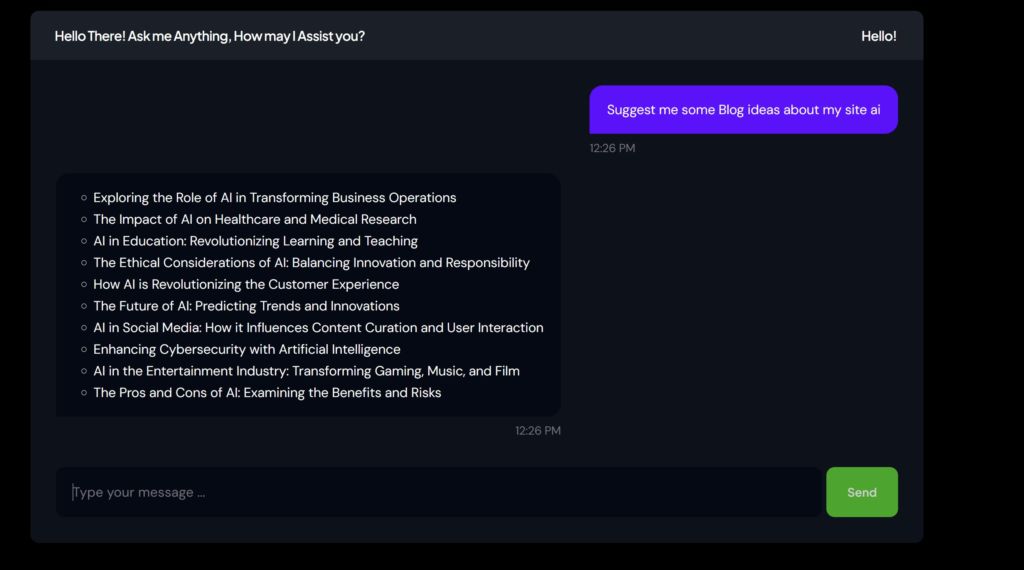
Copyrocket’s Free AI Chat Bot is trained to give you high-class output with your prompts, you can ask anything and the response will always be better if you compare to paid options available online.
Microsoft’s Bing Chat
An immediate competitor, Bing Chat provides a similar dialogue application feature. Bing Chat stands out with its Dall-E integration, allowing it to analyze images and create new ones on demand, a feature that Bard currently lacks.
OpenAI’s GPT-3
Arguably the most well-known AI text-generating tool, GPT-3 stands out for its massive database of over 175 billion parameters. It offers a wide range of capabilities, making it a popular choice among users seeking to explore generative AI.
Jasper Chat
Unlike other tools on this list, Jasper Chat is specifically designed for marketing and customer service applications. With a focus on chatbot technology, Jasper Chat enables businesses to create customized AI assistants to handle customer queries.
Alexa Conversations
Powered by Amazon’s Alexa platform, Alexa Conversations offers a unique feature set that combines natural language processing with machine learning algorithms. It is an excellent option for users seeking a more conversational and interactive AI experience.
Copysmith
Geared toward content creators, Copysmith offers robust features to assist in writing tasks, including generating headlines and entire articles. It also includes a plagiarism checker, making it an ideal tool for bloggers or writers looking to streamline their workflow.
These are just a few examples of the many alternatives that exist in the market. With each option bringing its unique set of features and capabilities, it is crucial to evaluate and choose the one that best suits your needs.
Conclusion
In conclusion, Google Bard is an innovative and powerful tool that integrates with Google’s suite of apps, to enhance the user’s experience. Its ability to generate text based on prompts, answer queries, and engage in meaningful conversations using advanced language models makes it a standout choice.
Although Bard’s extensions to other drafts and interactions with all your chats are currently limited, Google is continuously working on improving these aspects.
While there remains room for improvement, particularly in the area of dialogue applications, Bard’s current capabilities are impressive, and the future looks promising.
Frequently Asked Questions
Can Google Bard help me with Google Search?
Currently, Bard’s integration with Google Search is in its early stages. While it cannot perform specific search queries on behalf of the user now, Google is working to improve this aspect.
How does Google Bard interact with Google Apps?
Google Bard is designed to integrate seamlessly with Google’s suite of apps. Whether it’s drafting content in Google Docs or conducting a chat in Google Chat, Bard is there to enhance your productivity and streamline your workflow.
How is my privacy protected when using Google Bard with Google Apps?
Google takes user privacy very seriously. All chats and prompts are processed by Bard’s AI, and Google assures users that this data is not used to personalize responses.
Can Google Bard draft emails in Gmail?
At the moment, Bard’s ability to draft emails in Gmail is not available. However, Google is continuously working on expanding Bard’s functionalities and this feature may be included in future updates.


